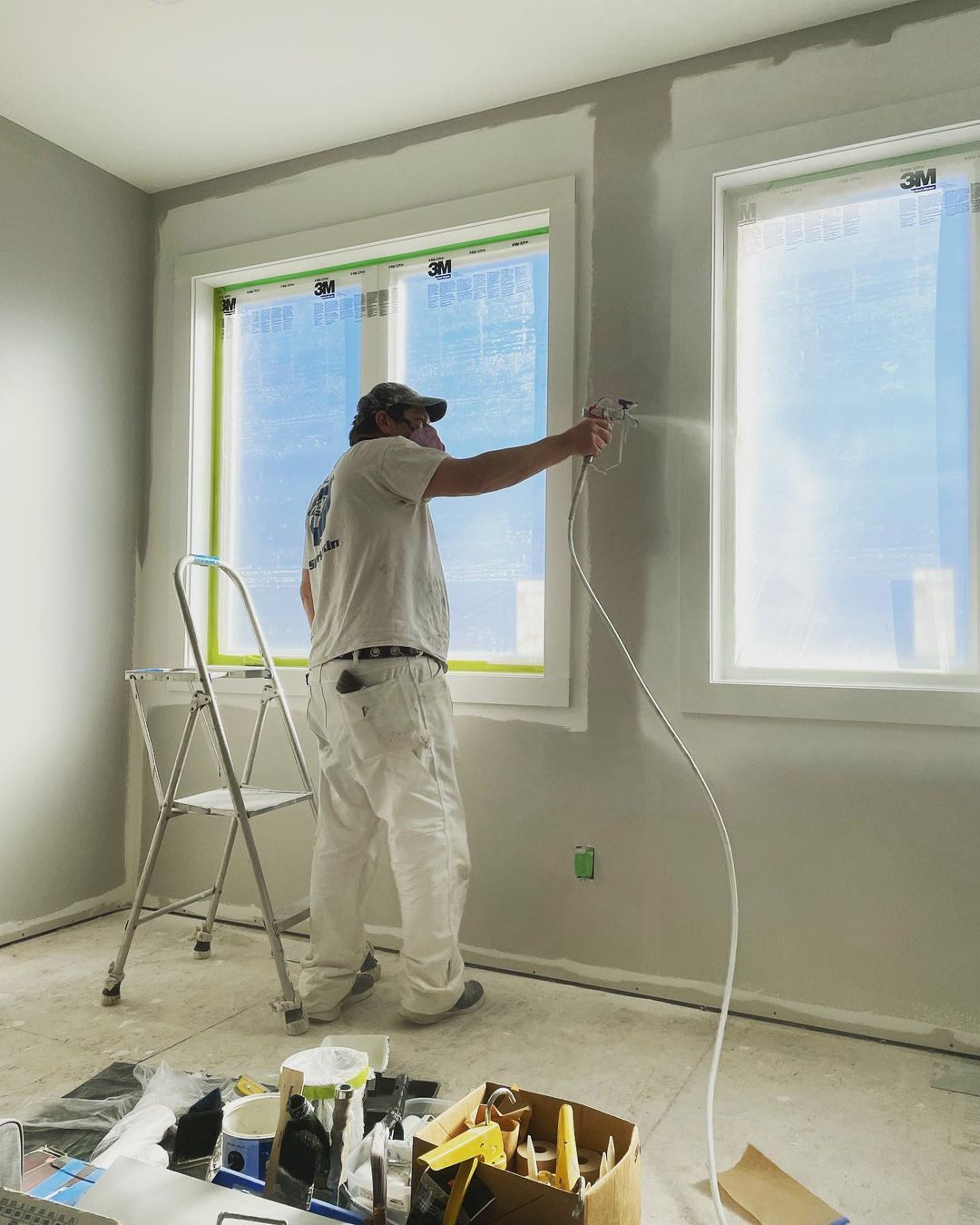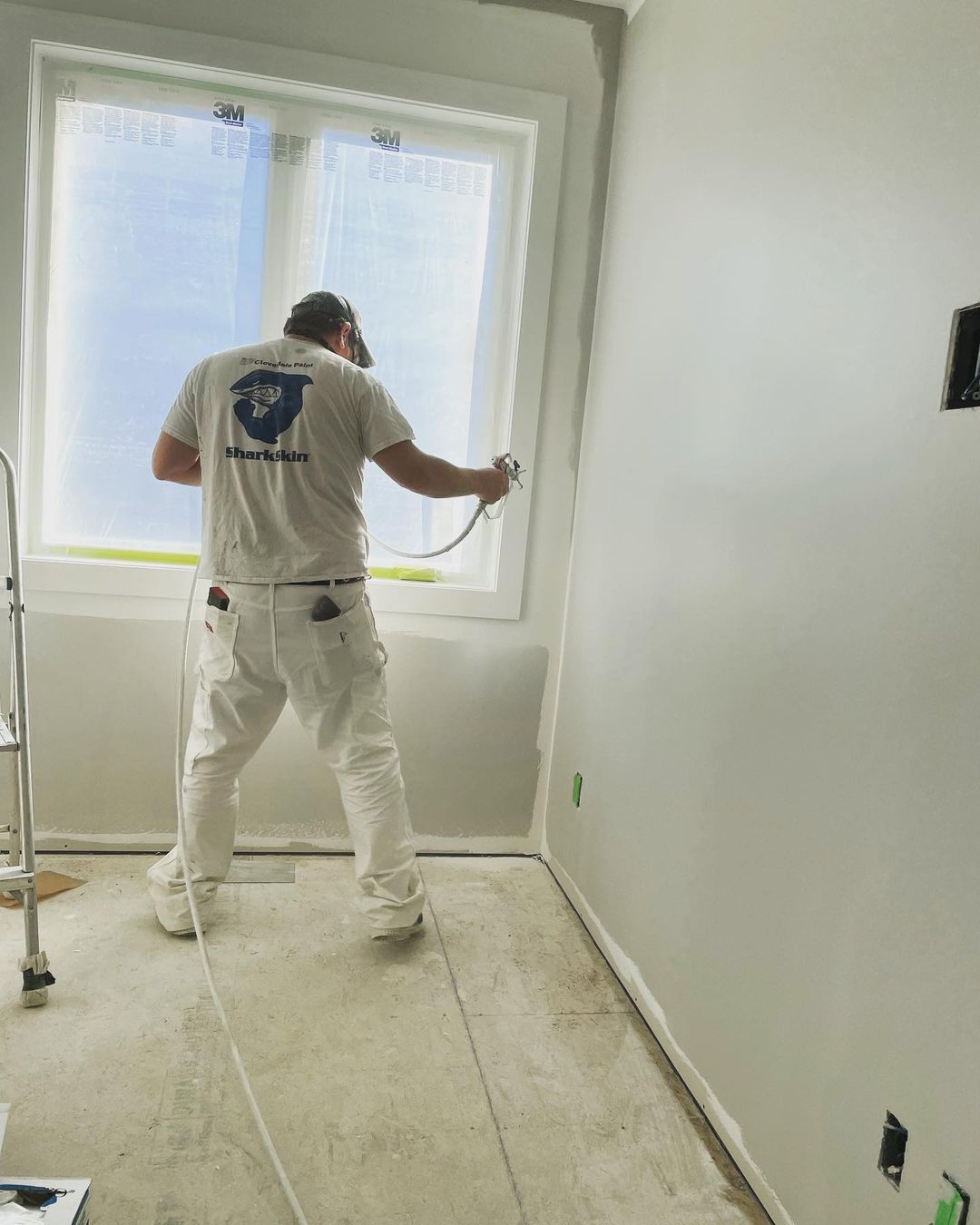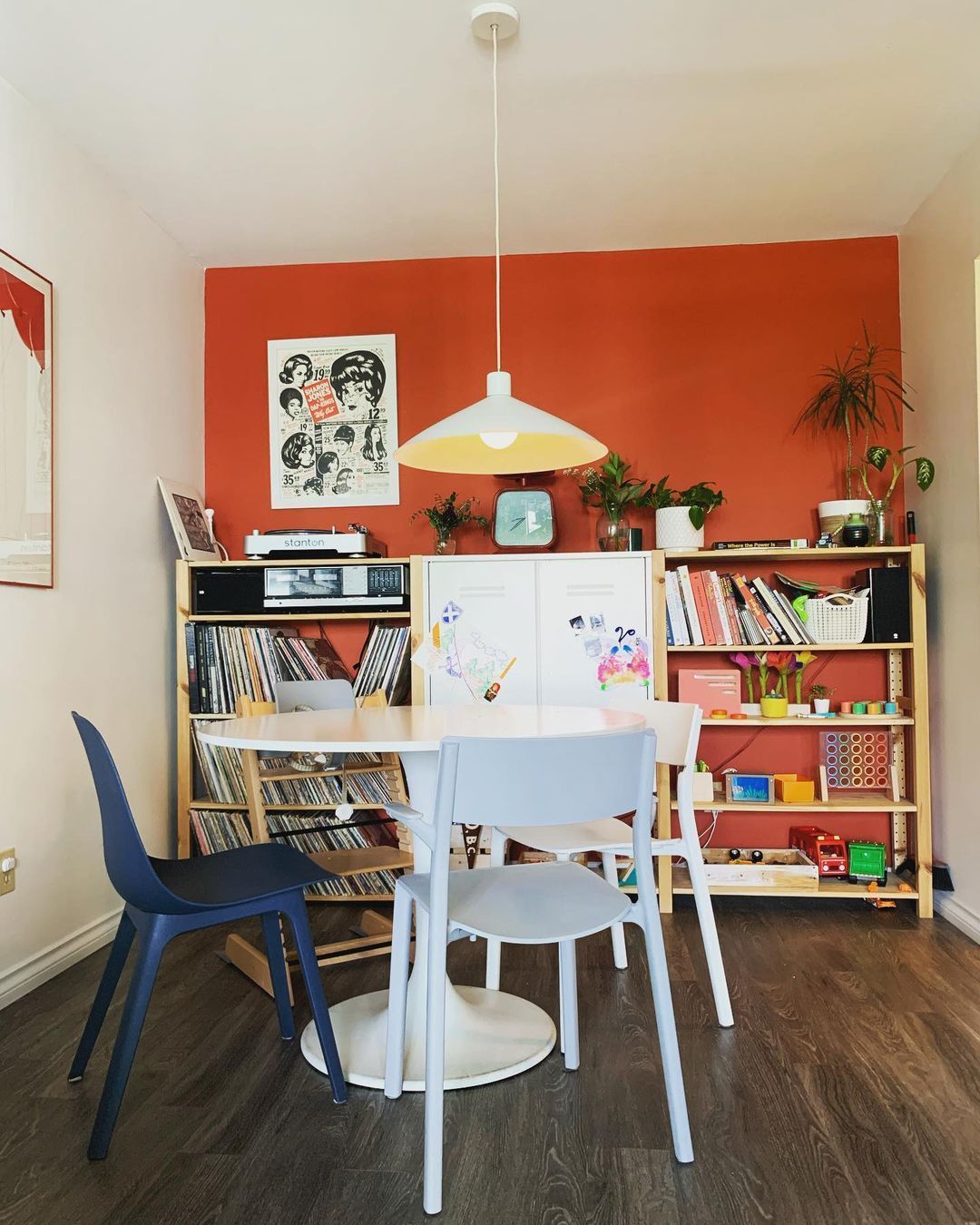Get a Professional Finish: Spraying vs. Rolling Interior Paint
Interior Painting: Is Spraying or Rolling the Better Option?
When it comes to giving your walls a fresh coat of paint, there are two main methods to consider: spraying and rolling. Both methods have their pros and cons, and choosing the right one for your project depends on various factors. In this article, we will explore the differences between spraying and rolling interior paint, and help you decide which method is best for your needs.
Spraying Interior Paint
Spraying is a method of applying paint with a spray gun. This technique involves atomizing the paint into tiny droplets and spraying them onto the surface to be painted. Spraying interior paint is ideal for large surfaces, such as walls and ceilings. It is also an excellent choice if you need to paint intricate details, such as trim or moldings.
Pros of Spraying Interior Paint
One of the most significant advantages of spraying interior paint is the speed at which the job can be completed. Spraying allows you to cover a large area quickly, which can be especially beneficial if you are working on a tight schedule.
Another advantage of spraying is that it allows you to use less paint overall. Because the paint is atomized into tiny droplets, it can cover a larger area with less paint than if you were using a roller.
Cons of Spraying Interior Paint
While there are many benefits to spraying interior paint, there are also some downsides to consider. One of the most significant disadvantages of spraying is that it requires a significant amount of setup time. You will need to cover all surfaces that you don't want to paint, such as floors and furniture, to protect them from overspray. Additionally, spraying can be messy, and you may need to wear protective gear to avoid inhaling the fumes.
Another disadvantage of spraying is that it requires more skill and experience than rolling. If you are not familiar with how to use a spray gun, you may end up with an uneven or blotchy finish.
Rolling Interior Paint
Rolling is the most common method of applying interior paint. This technique involves using a paint roller to apply the paint directly to the surface. Rolling is an excellent choice for large surfaces, such as walls and ceilings, as well as for areas that require a thick coat of paint.
Pros of Rolling Interior Paint
One of the main advantages of rolling interior paint is that it is easy to do. Even if you have no prior experience with painting, you can achieve a professional-looking finish with a roller. Additionally, rolling is a relatively clean process, and you won't need to worry about overspray or inhaling fumes.
Another advantage of rolling is that it allows you to control the thickness of the paint. You can easily adjust the amount of paint you apply with each stroke of the roller, which is ideal for areas that require a thicker coat of paint.
Cons of Rolling Interior Paint
While rolling interior paint is an excellent choice for many projects, there are also some disadvantages to consider. One of the most significant drawbacks of rolling is that it can be time-consuming. Because rolling requires multiple coats of paint, it can take longer to complete a project than if you were using a spray gun.
Another disadvantage of rolling is that it can be difficult to achieve a smooth and even finish, especially if you are working with a textured surface. Additionally, rolling may require more paint overall than if you were using a spray gun.
Conclusion
When it comes to choosing between spraying and rolling interior paint, there is no one-size-fits-all solution. The right method for your project depends on various factors, such as the size and complexity of the area to be painted. Please feel free to ask us any questions in regards to our recommendations on the best treatment for your space. There are benefits to both applications, and we would be happy to discuss both with you.
Share this post
Still Undecided?
Here Are Some Frequently Asked Questions to Help you Decide








